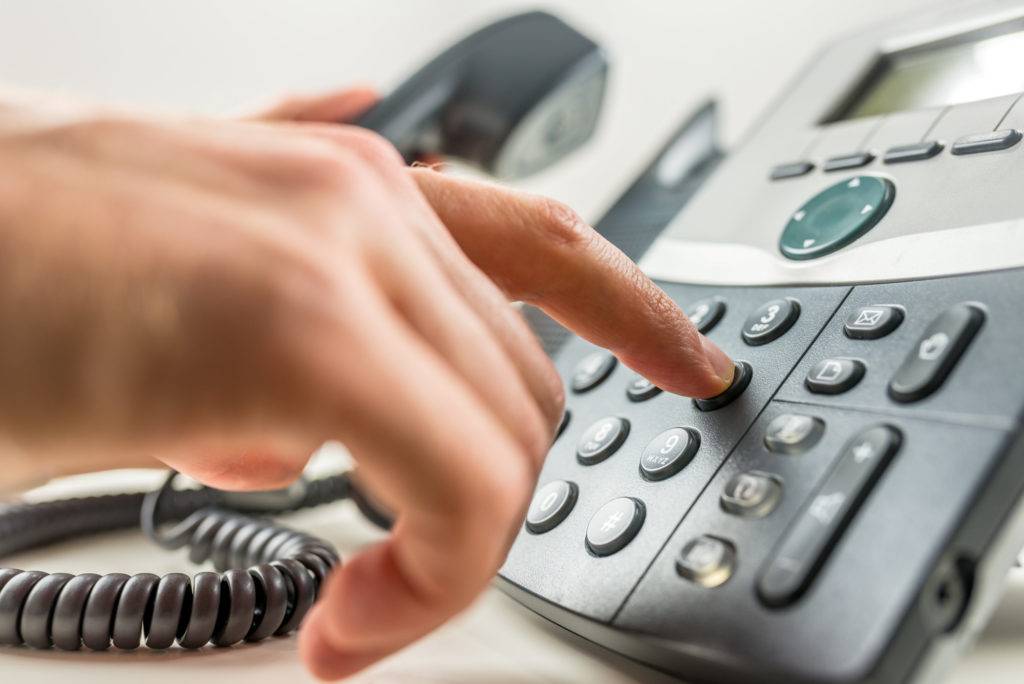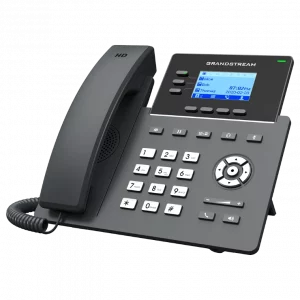
Direct and Associated SIP Trunk Costs You Need to Know About in 2020
Switching from a traditional phone system to SIP can save you 60% on your phone bill. These savings are possible because, with SIP, most long-distance calls are free and international calls are a fraction of the price.
This is the point where a shrewd business person asks about the startup costs and the bottom line. And if that’s you, you’re in luck because that’s what this article is all about.
Read on and we’ll tell you about the most common direct and associated SIP trunk costs.
SIP Trunking Glossary
Before we get into the cost of SIP trunking, it’s important to understand what it is and isn’t. The best way to do this is to have a firm grasp on some of the lingo surrounding the technology.
Public Switched Telephone Network (PSTN) – PSTN is the original network phone lines. It uses copper wires to send analog voice data from one phone to another. This is why it’s also called POTS or Plain Old Telephone System.
Integrated Services Digital Network (ISDN) – ISDN also uses copper wire tp network phones together. The difference is that it sends digital voice data instead of analog. ISDN allowed for better call quality more call features like call waiting.
Voice over Internet Protocol (VoIP) – VoIP uses the internet to send packets of digital voice data over the internet and fiber optic cables. This means copper wires aren’t needed anymore and the ISDN is bypassed altogether.
Session Initiation Protocol (SIP) – SIP is a set of rules computers use to send, receive and decipher VoIP data packets. SIP also contains the rules used to translate and render the packets in a way we understand. It’s essentially the language sending and receiving computers use to communicate.
Private Branch Exchange (PBX) – The PBX is an internal PSTN. It contains and manages groups of phone lines, called trunks, so you can make calls within your company without using the ISDN. There are also lines available for external calls and the PBX can switch between the two.
SIP Trunk – A SIP trunk is the virtual version of a physical PBX trunk. It connects existing IP-compatible PBX equipment to the internet so you can use VoIP and SIP technology to make calls.
SIP Channels – If a SIP trunk is a virtual container for your phone lines, then SIP channels are the lines themselves. As a general rule, you can have up to 48 virtual channels per SIP trunk. In a traditional PBX system, you can only have up to 23 physical lines per trunk.
Direct SIP Trunk Costs
When you first start using SIP trunking, you will find there are both direct and associated costs.
For clarity, direct fees are fees charged by your SIP Trunk service provider. Associated costs are items not included in the service, but that you still need to use SIP Trunk technology. Broadband internet is a common example of an associated cost for SIP Trunking.
We’ll cover the direct fees first.
Setup Fees
It is difficult to nail down a specific price for SIP trunking setup fees as costs vary per service provider. Not only do the costs vary, but the methods used to charge the fees are different as well.
Many service providers do not charge an initial setup fee at all. Instead, they roll the startup costs into the monthly bill. You’ll still see a slight increase in your monthly subscription payments.
Other providers charge a one-time, flat rate setup fee and offer lower monthly rates. You can expect upfront charges like this to range from $50 to $250. You may pay more if you need to implement a more complex system.
SIP Channels
One of the best things about using SIP trunking is its scalability. You can add and remove phone line channels any time and doing so is cheap. Most SIP providers only charge between $25 and $40 per SIP channel.
You need at least one SIP channel per concurrent call. Your initial instinct may be to get one line per employee, but only very small businesses need a one to one ratio. The more employees you have the less likely those employees are to be on the phone at the same time.
We’ll talk more about how to calculate how many channels you need later on this article.
Inbound DID Numbers
With the addition of inbound DID numbers, you can give each person in your company their own phone number. It is important to note, that many employees may only need an extension. Appraise your needs carefully and you will save even more on your phone bill.
This is yet another way a SIP trunk’s flexibility and scalability works to your advantage.
The monthly service and setup fees for each Inbound DID number varies depending on the features you get. Even still, it is rare that you will pay more than a few dollars for either no matter what you choose.
Possible SIP Features and estimated pricing for each are as follows:
- Unlimited or metered inbound and outbound calls – $1.00 per line
- Toll-free DID number and service – $3.00 per line + $0.02 per minute
- e911 services – $2.50 per line
It is possible to find metered (per-minute) service, but most businesses do better with unlimited service.
Porting Numbers
Most businesses want to keep the same phone numbers they already have when they switch from an existing PBX system to SIP trunking. Unless you’re moving entire geographic locations, your service provider can make this happen. They only need to port the numbers.
Porting fees are one-time charges. They range in cost from $10 to $30 per number depending on your provider.
Associated SIP Trunk Costs
In most cases, you won’t find service providers that include items like handsets and gateways for your PBX configuration. Yet, you may still want them to make and receive calls on a SIP trunk system.
Broadband internet is an associated cost because many providers don’t offer bundle packages. Instead, you must go through a third party to get the internet service you need to support your volume of calls.
Handsets and Gateways
Anyone in your organization who makes or receives phone calls may need an IP-compatible handset. (You can also use mobile phones and computer-based softphones to make calls with SIP.) IP phones range anywhere from $200 to $1,000 each. It all depends on how sophisticated your equipment needs are.
You can use existing handsets if you have them. Newer handsets may already be IP-enabled. If yours aren’t, you can still use your traditional PBX handsets with the addition of a gateway.
The gateway allows handsets that aren’t IP-compatible to communicate with the internet. Gateways range from as little as $200 to as much as $2,000.
Fortunately, one gateway can accommodate multiple handsets. In most cases, the more handsets a gateway can handle, the more expensive it will be.
Not sure if your handsets are IP-compatible? Take a look at this article to learn how to tell.
Figure out what you have versus what you need and assess your situation from there. Everyone’s needs are different.
Broadband Internet
SIP trunk phone systems are internet-based. If your provider doesn’t offer a broadband internet bundle, you’ll have to get service elsewhere.
Not sure what you need? That’s okay. Your SIP provider can help figure out how much bandwidth you need to support your organization’s call volume.
It is worth considering putting in Fiber Optics versus internet cable. Installation is expensive, but the reliability is second to none.
Calculating How many SIP Channels You Need
There are several methods you can use to calculate how many SIP channels your organization needs.
Use Your Legacy Setup as a Model
If you are upgrading your legacy PBX equipment and your current number of lines works, it’s easy. Get the same number of SIP channels as you have phone lines and call it a day.
For most, it won’t be that simple.
Monitor Calls
Monitor your employee’s calls to see how long each call lasts and how many people are on a call at any given time. Use the information from the busiest hour of the day to figure out how many SIP channels you need.
Extended Erlangs B Calculator
If you don’t want to extrapolate the data yourself, you can use an Extended Erlangs B Calculator instead.
These calculators use two pieces of information to deduce how many SIP channels you need:
- The number of call hours during the busiest hour of the day
- The number of calls allowed to fail per 100 calls
Take a look at this article if you need more help determining how many SIP channels you should get.
What’s Next?
Now that you’ve got a better idea about SIP trunk costs, it’s time to speak with a professional. A pro can help gauge your needs and further narrow down prices.
At SIP.US, customer service is at our core. Our passion is IP telephony and SIP trunking, so you can always expect the most cutting edge equipment and information. Contact us today so we can help transform your organization’s way of communicating.
If you aren’t ready to speak with a representative yet, that’s okay. Take a look at our FAQ page. You may find some answers to your questions there.


